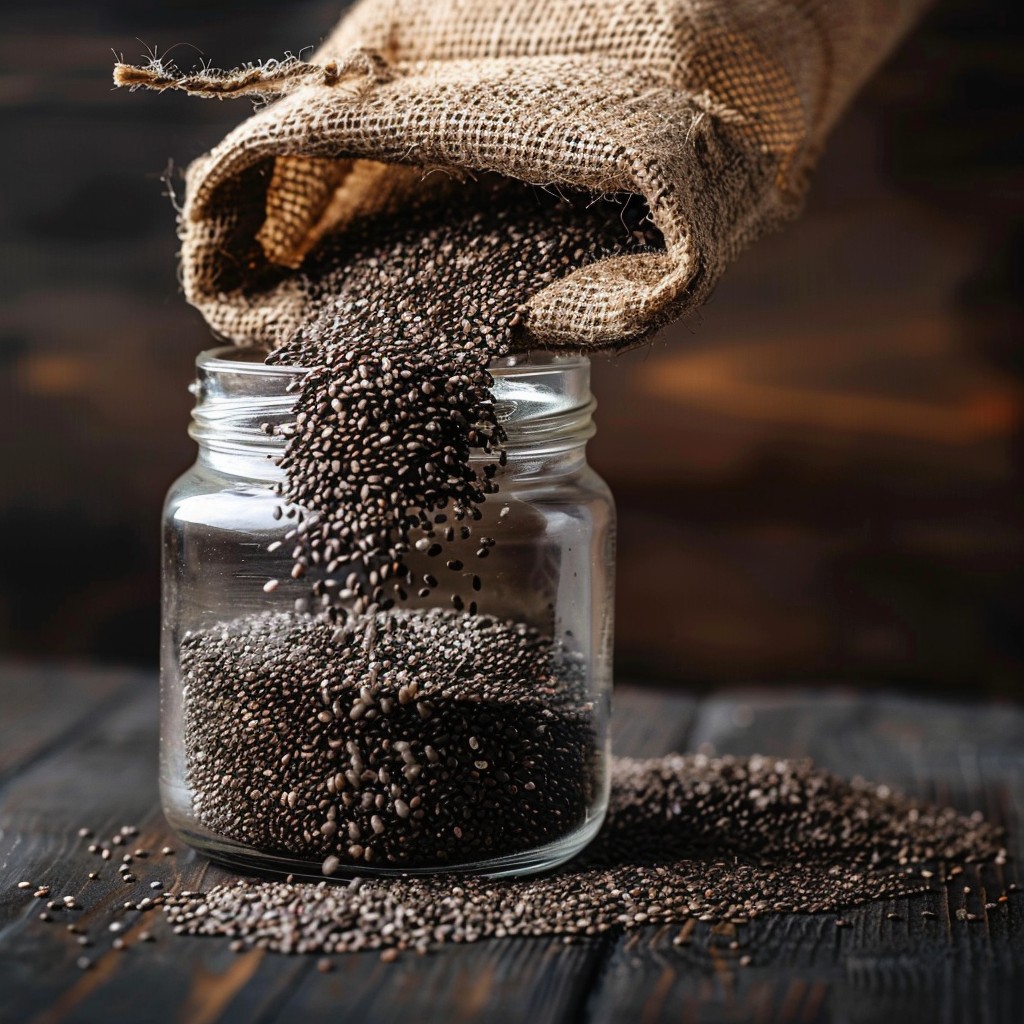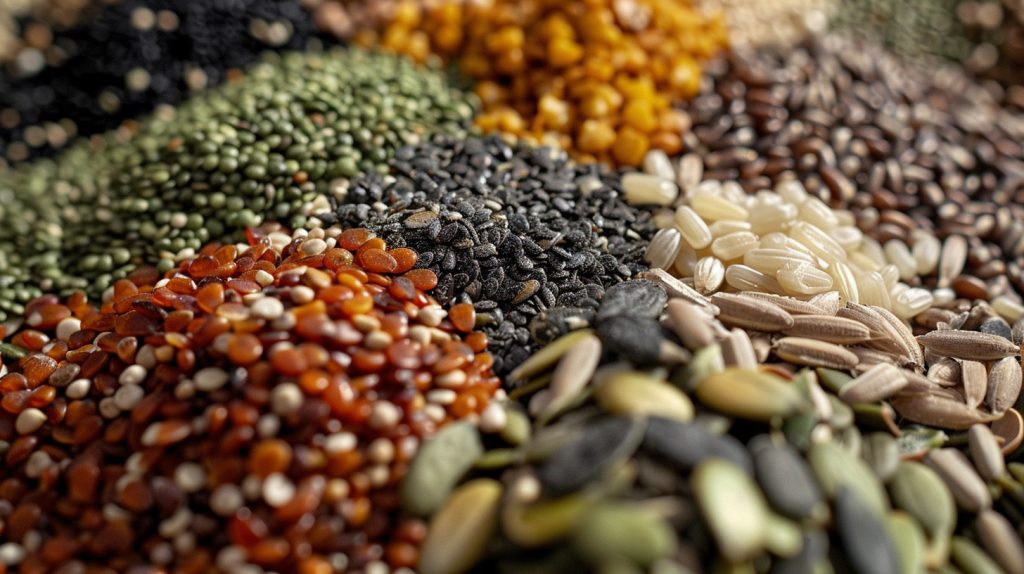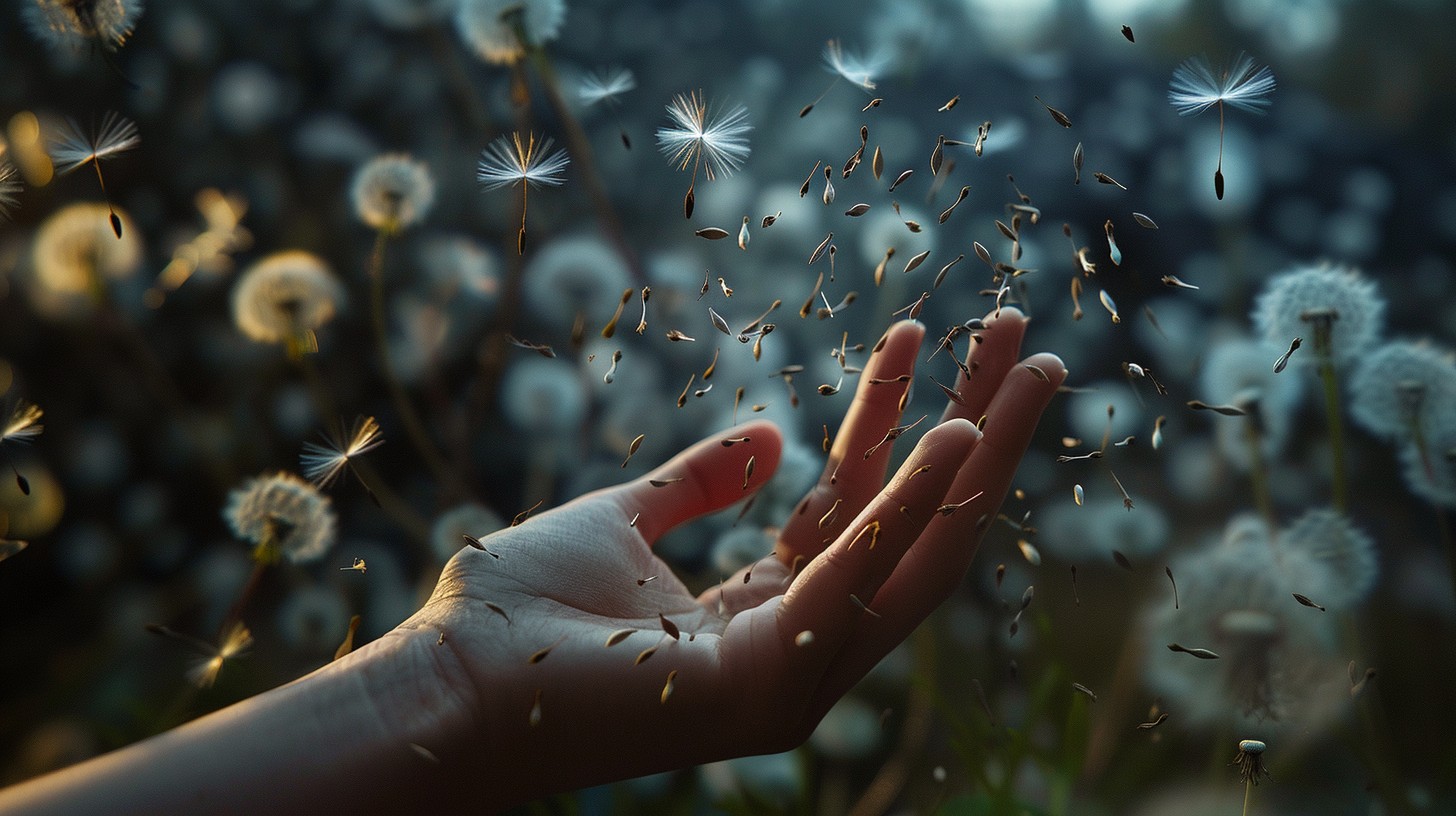Curious about growing your own magic mushrooms but not sure where to start? The guide offers you all the tips, techniques, and insights needed for successful cultivation.
Your Guide to Growing Magic Mushrooms Seeds
Table of Contents
Let’s dispel a common myth: magic mushrooms don’t grow from seeds. Unlike plants, mushrooms don’t grow from seeds. Instead, they reproduce via spores—microscopic particles that serve as the starting point for mushroom growth. The spores are similar to seeds in the sense that they carry the genetic material necessary to produce mushrooms. However, they require a very different environment to flourish.
When people refer to “magic mushroom seeds,” they often talk about magic mushroom spores. That distinction matters for anyone interested in growing mushrooms or diving into the world of psilocybin mushrooms.
Starting Your Journey with Magic Mushroom Spores
Magic mushroom spores are the cornerstone of any mushroom cultivation project. The spores can be collected in the wild or purchased from specialized suppliers. For those new to the world of psilocybe cultivation, purchasing a spore syringe is a popular and practical option. A spore syringe contains a suspension of mushroom spores in water, making it easier to inoculate your chosen substrate.
Psilocybe Species in Cultivation
Psilocybe cubensis is one of the most commonly cultivated species due to its resilience and potency. The species is well-known for producing a lot of psilocybin and psilocin, the active compounds that give psychedelic mushrooms their unique effects.
If you’re more adventurous, you might explore other psilocybe species, such as psilocybe mexicana, which has a rich history in indigenous rituals. The choice of species will influence the growing conditions and also the psilocybin content and the overall experience of the mushrooms you harvest.
Setting Up for Success: Substrates and Spore Syringes
To grow mushrooms successfully, you need the right substrate—the material on which the mushroom spores will germinate and grow. Common substrates include straw, soil, and even coffee grounds. When using a spore syringe, you’ll inoculate the substrate with the spores to kickstart the mushroom life cycle.

The environment in which you place the substrate is equally critical. Psilocybe cubensis and other psilocybe species thrive in warm, humid conditions with minimal light. Creating an environment that mimics those conditions is essential for colonization—the stage where the spores grow into mycelium, the fungal network that will eventually produce mushrooms.
Cultivation Tips for New Growers
If you’re new to magic mushroom cultivation, starting with a grow kit might be the best approach. The kits include everything you need—substrate, spore syringes, and instructions—to begin your journey with minimal hassle. Grow kits simplify the process, allowing you to focus on creating the optimal environment for your mushrooms to thrive.
However, whether you use a grow kit or start from scratch, remember that growing mushrooms is an art that requires patience and attention to detail. Monitoring factors like moisture, temperature, and air circulation will ensure a healthy yield. Additionally, understanding the psilocybin mushroom spores you’re working with and the psilocybe species you’re cultivating will enhance your success.
Life Cycle of Magic Mushrooms
The process begins with spores, which germinate under the right conditions to form mycelium, which spreads throughout the substrate, feeding on organic matter and growing into a network that will eventually produce mushrooms.
The next phase is colonization, where the mycelium fully infiltrates the substrate, creating a dense mat. Once the substrate is fully colonized, the mycelium will start to form tiny knots that will develop into mature mushrooms. The process requires careful monitoring of moisture, temperature, and light to ensure optimal growth.
How to Harvest Magic Mushrooms
Harvesting is a delicate process that requires care. Use clean hands or sterilized tools to gently pull the mushrooms from the substrate. Be careful not to disturb the surrounding mycelium network, as that could impact future growth. Once harvested, the mushrooms should be dried immediately to prevent degradation of the active compounds.
Storing Your Mushrooms for Long-Term Use
After harvesting, proper storage is key to maintaining the mushrooms’ potency over time. Drying the mushrooms thoroughly is the first step. Once dried, store in airtight containers in a cool, dark place. The method helps to preserve the psilocybin and psilocin, ensuring that your mushrooms remain effective for long periods.
For those looking to store their mushrooms for even longer, consider vacuum-sealing them and placing them in the freezer. That approach extends the shelf life while preserving the psychoactive compounds that make magic mushrooms so unique.
Magic Mushrooms and the Law: A Tricky Terrain
While some places outright ban magic mushroom cultivation and consumption, others have adopted more lenient stances.

A prime example is Canada. While technically illegal on a federal level, the reality is quite different. The country has decriminalized hallucinogens, meaning law enforcement is generally turning a blind eye to their possession and use. That’s evident in the growing number of psychedelic-focused businesses popping up here and there across the country.
Note that this doesn’t mean magic mushrooms are entirely legal in Canada. The laws are still on the books, and their enforcement might vary by region. So, while you might see shops openly selling related products, it’s essential to proceed with caution.
Discover the Potential of Magic Mushrooms with Hallucinogenics
At Hallucinogenics, we believe that magic mushrooms and other psychedelic substances like psilocybin offer unique opportunities for personal growth and expanded states of consciousness when used safely and intentionally. We provide products and foster a community of like-minded individuals who value respect, mindfulness, and intentionality in their exploration of psychedelics.
We proudly serve customers and clients across Canada, including provinces and territories like British Columbia (BC), Alberta, Saskatchewan, Manitoba, Ontario, Quebec, New Brunswick, Nova Scotia, Prince Edward Island (PEI), Newfoundland and Labrador, Northwest Territories, Nunavut, and Yukon.
FAQs
What is the difference between psilocybin and psilocin?
Psilocybin is the compound found in psilocybin mushrooms that, when ingested, is converted into psilocin in the body. Psilocin is the active compound that interacts with the brain to produce the psychedelic effects associated with magic mushrooms.
How do I ensure a successful mushroom harvest?
To ensure a successful harvest, monitor your mushrooms closely as they grow. Harvest them just as the caps begin to open for maximum potency. Dry them thoroughly after harvesting to preserve their active compounds.
What are the most popular psilocybe species for cultivation?
Psilocybe cubensis is the most popular species for cultivation due to its high psilocybin content and ease of growth. Other popular species include psilocybe mexicana and psilocybe cyanescens.
What is the difference between a spore syringe and a liquid culture?
A spore syringe contains a suspension of mushroom spores in water, used to inoculate substrates. Liquid culture contains live mycelium and is often used for faster and more reliable colonization of the substrate.
Is it legal to buy magic mushroom spores?
The legality of purchasing magic mushroom spores varies by location. In some places, spores are legal to buy and possess because they do not contain psilocybin or psilocin until they begin to grow. However, always check your local laws before purchasing.
Images taken from StockCake, a free stock AI-generated images platform.



